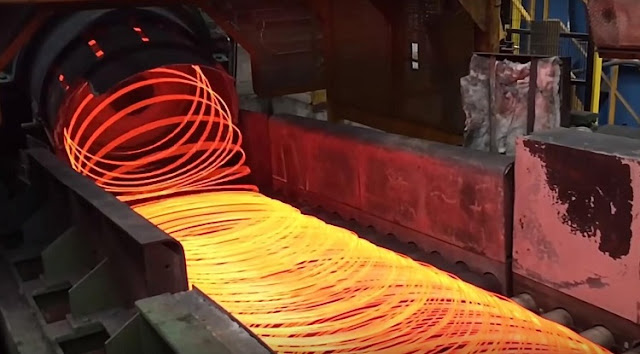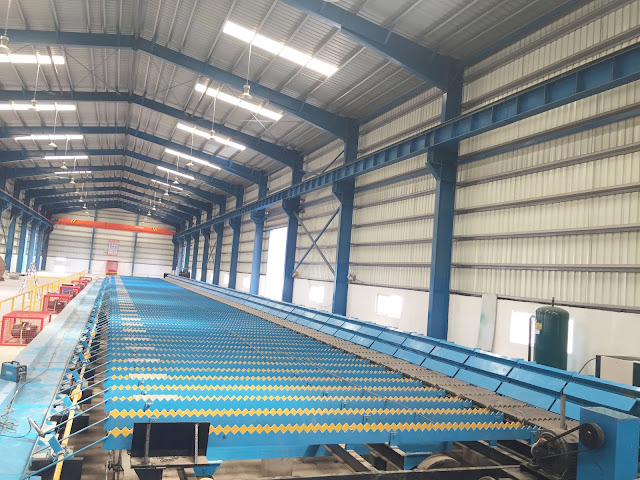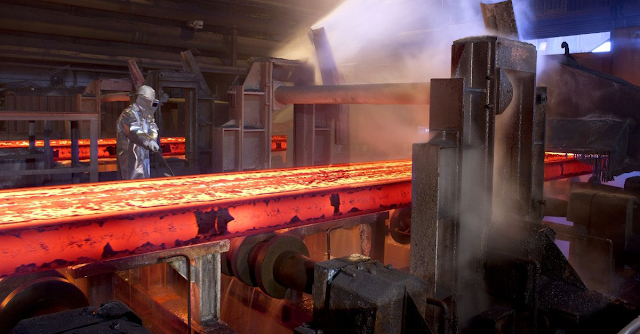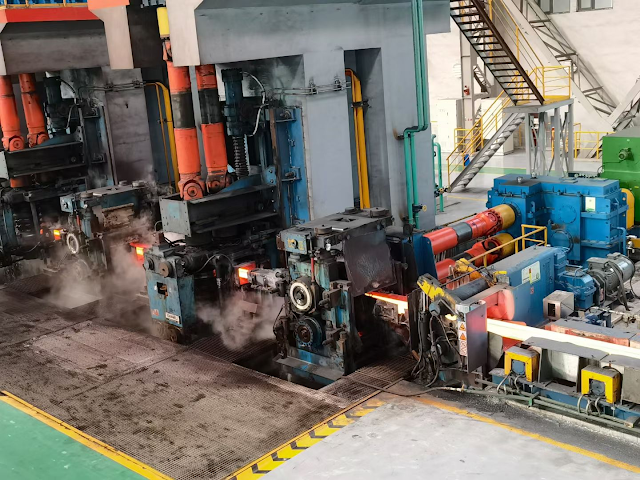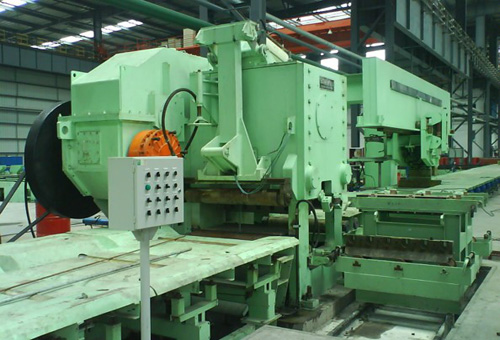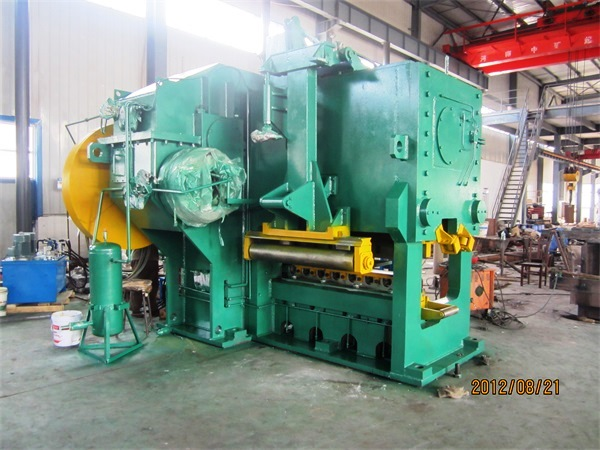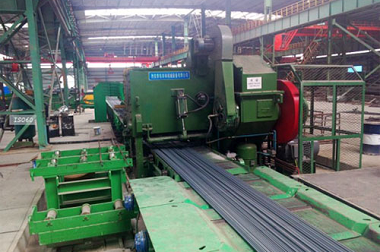Wire and Bar Rolling Mill & Reducing and Sizing Mill
For a long time, the output of bar and wire rod in China has been between 40% and 50% of the total output of iron and steel products. In recent years, the total output of bar and wire rod has exceeded 400 million tons. Except for about 10% of exports, the rest of the output is used for domestic digestion. It can be seen that bar and wire rod products play a very important role in national economic construction. There are more than 1000 production lines in China.
Since the 1980s and 1990s, China has introduced foreign advanced bar and wire rolling mill one after another. By digesting, transforming and upgrading this technical line, China's domestic bar and wire rolling mill equipment have approached the world's advanced level. With 12% of the imported international advanced level production lines, at present, it is above the domestic advanced level. Some of them accounted for about 75% and became the mainstream of the market. Another 20% of the ordinary rolling mills adopt the twist rolling process with large output, which is only suitable for the production of ordinary carbon steel. There are still 5% backward mills to be eliminated.
After more than 30 years of development, the types of bar mills can be classified into three categories: closed two-high mill, short stress path mill and cantilever roll ring mill. Among them, the closed two-high mill is mainly Morgan type and Simac type (including Demark type). Through introduction and digestion, Morgan type closed mill has been successfully applied to hundreds of domestic production lines. The main imported models of short stress path rolling mill are Danieli type and Premini type. Our major research institutes have developed their own brand of short stress path rolling mill, which has been applied in hundreds of bar and wire production lines in China. Cantilever roll ring mill is only developed by Danieli, but it is seldom imported in China, such as Laigang and Tangshan Iron and Steel Company, which is only used in roughing mill.
Bar reducing and sizing mill is a kind of mill installed in bar finishing mill to improve product size accuracy and product performance (rolling by controlling temperature). It is mainly used for a bar of special steel. Reduced sizing mill is different from common mill in three aspects: first, using clutch with speed ratio to meet the needs of different rolling speeds of all products; second, using minimum mill center distance to reduce the size impact of micro-tension rolling; third, using single pass carbide roll ring, roll as double support. Support to ensure sufficient stiffness to meet a wide range of product specifications. At present, there are two types of imported machines in China: two-high mill and three-high Y mill. The two-roll mill is mainly of the predominant type and the Danieli type. There are three-stand flat-vertical arrangement and a four-stand flat-vertical arrangement. The roll system of the mill adopts the frame structure of the short stress line mill with high stiffness. Three-roll Y mill is mainly KOCKS type and Simac type. It usually consists of 3-5 stands. Roll passes are arranged alternately by Y-Δ.
Please contact stella@hanrm.com for a quotation.
And free send inquiry to us.
Email: stella@hanrm.com stellarollingmill@gmail.com
Whatsapp/Wechat:+8615877652925
More News You May Interesting:
Finishing Rolling Mill Process Explanation
Reasons and Solutions for the Piling of Wire Rod Rolling
Characteristics and Quality of Wire Rod
Morgan Wire Rod Mill
Why does the Steel Bar Bend after being Cut by Flying Shear?
Headless Welding Rolling Process
Bar Rolling Mills Water Cooling Technology
How to Improve the Thermal Efficiency of the Reheating Furnaces?
Causes of Surface Cracks in High-Speed Wire Rod Rolling Mill
What is Slit Rolling?
Failure Analysis of Cold Mill Roll
Causes and Solution of Steel Piling-up in High-speed Wire Rod Rolling Mills?
Bar Automatic Counting System
Rolling Mill Pass Design
